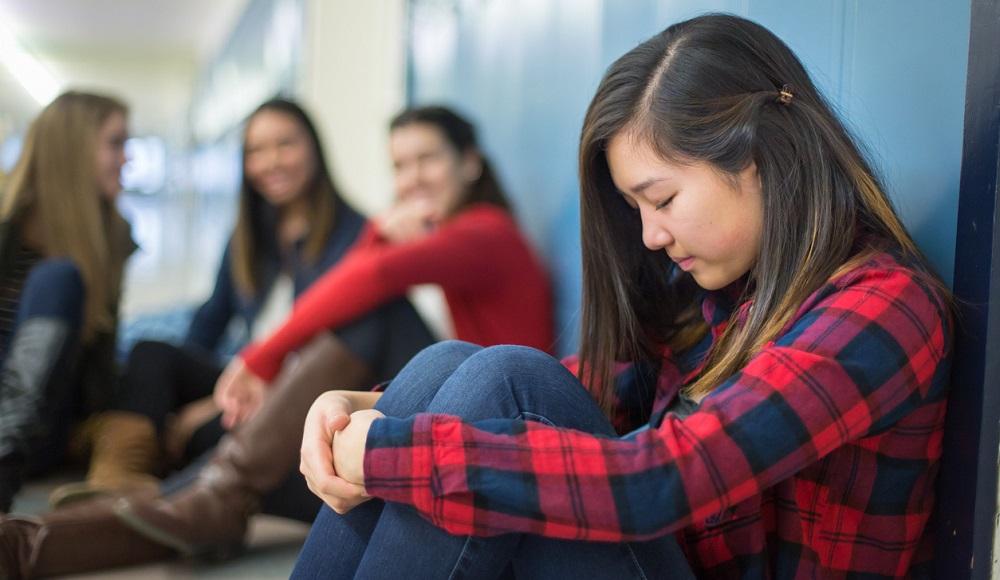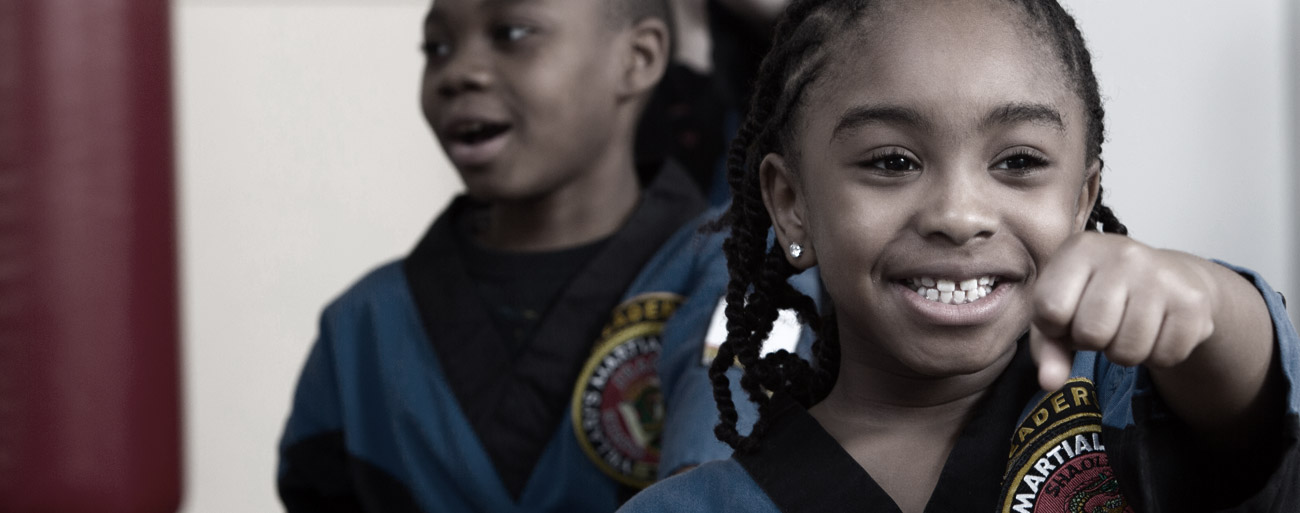1 Out of 5 Kids Report Being Bullied
September 4th, 2018
At Villari’s Martial Arts Centers, our students are held to a standard of respect, equality, and understanding that helps them channel their heightened emotions. But in schools, bullying is a rapid epidemic everywhere. It’s hard enough on children to keep up with their schooling and busy schedules, but toss an issue like bullying into the mix and it can become dangerous rapidly.
In addition to that, learning your child has been bullied or is doing the bullying can be devastating. So how do we dissect bullying, identify it, and most importantly: prevent it?

Identify What Bullying Is
The first step to preventing bullying is to identify it. It wasn’t until 2014 that the Centers for Department of Disease Control and Department of Education gave the first definition to bullying. That included the core elements of “unwanted aggressive behavior; observed or perceived power imbalance; and repetition of behaviors or high likelihood of repetition” (Source). Similarly, majority of childhood bullying seems to happen in middle school.
Bullying is more than just getting pushed around or knocking books out of someone’s hands, though. In the age of internet, it can mean repeated harassment and violation of privacy. This type of cyberbullying is mostly verbal and aggressive, escalating from threats to destruction of private data.
Bullying is such a serious and dangerous activity that it can lead into criminal charges of assault or hazing. Gone are the days of “sticking up to your bully” in order to make him or her go away – now, parents, children, and schools have a right to press criminal charges in some states.
Know the Signs
Thankfully, there are many signs that signify a child is being bullied or bullying others. However, it is up to their caretakers and educators to recognize these signs. It’s important that someone steps in when these signs are being observed because ignorance of them can lead to fatal and life-threatening consequences. According to StopBullying.gov:
Signs a child is being bullied:
- Unexplainable injuries
- Lost or destroyed clothing, books, electronics, or jewelry
- Frequent headaches or stomach aches, feeling sick or faking illness
- Changes in eating habits, like suddenly skipping meals or binge eating. Kids may come home from school hungry because they did not eat lunch.
- Difficulty sleeping or frequent nightmares
- Declining grades, loss of interest in schoolwork, or not wanting to go to school
- Sudden loss of friends or avoidance of social situations
- Feelings of helplessness or decreased self esteem
- Self-destructive behaviors such as running away from home, harming themselves, or talking about suicide
Signs a child is bullying others:
- Get into physical or verbal fights
- Have friends who bully others
- Are increasingly aggressive
- Get sent to the principal’s office or to detention frequently
- Have unexplained extra money or new belongings
- Blame others for their problems
- Don’t accept responsibility for their actions
- Are competitive and worry about their reputation or popularity
What To Do, Exactly?
It’s understandable that finding out your child is bullying or being bullied can leave you confused or uncertain where to turn. Luckily, there are many resources available for taking action to prevent bullying from continuing. StopBullying.gov provides a helpful tool for taking appropriate action as the situation calls for.
Parents and caretakers may find themselves wondering why children don’t speak up about bullying or relay their struggles. For children that are bullied, fear of backlash, humiliation, and helplessness are among the top reasons kids endure bullying without reaching out for help.
Children that bully likely have an underlying issue, such as struggling to manage their anger and frustration. Things like therapy and participation in appropriate sports or hobbies can help redirect their aggressive tendencies.
The Takeaway
Even though your child may be the one doing the bullying, it does not mean they are hopeless or that they are growing to be a bad person. It simply means they are struggling with something on their own and that you can step in to help them so that nobody gets hurt. Similarly, if your child is being bullied, it does not mean your child is weak. Bullying is incredibly common and with the right help your child can start to feel safer among their peers.
More than half of bullying situations (57%) stop when a peer intervenes on behalf of the student being bullied (Hawkins, Pepler, & Craig, 2001).
For more information, resources, and definition visit StopBullying.gov.








